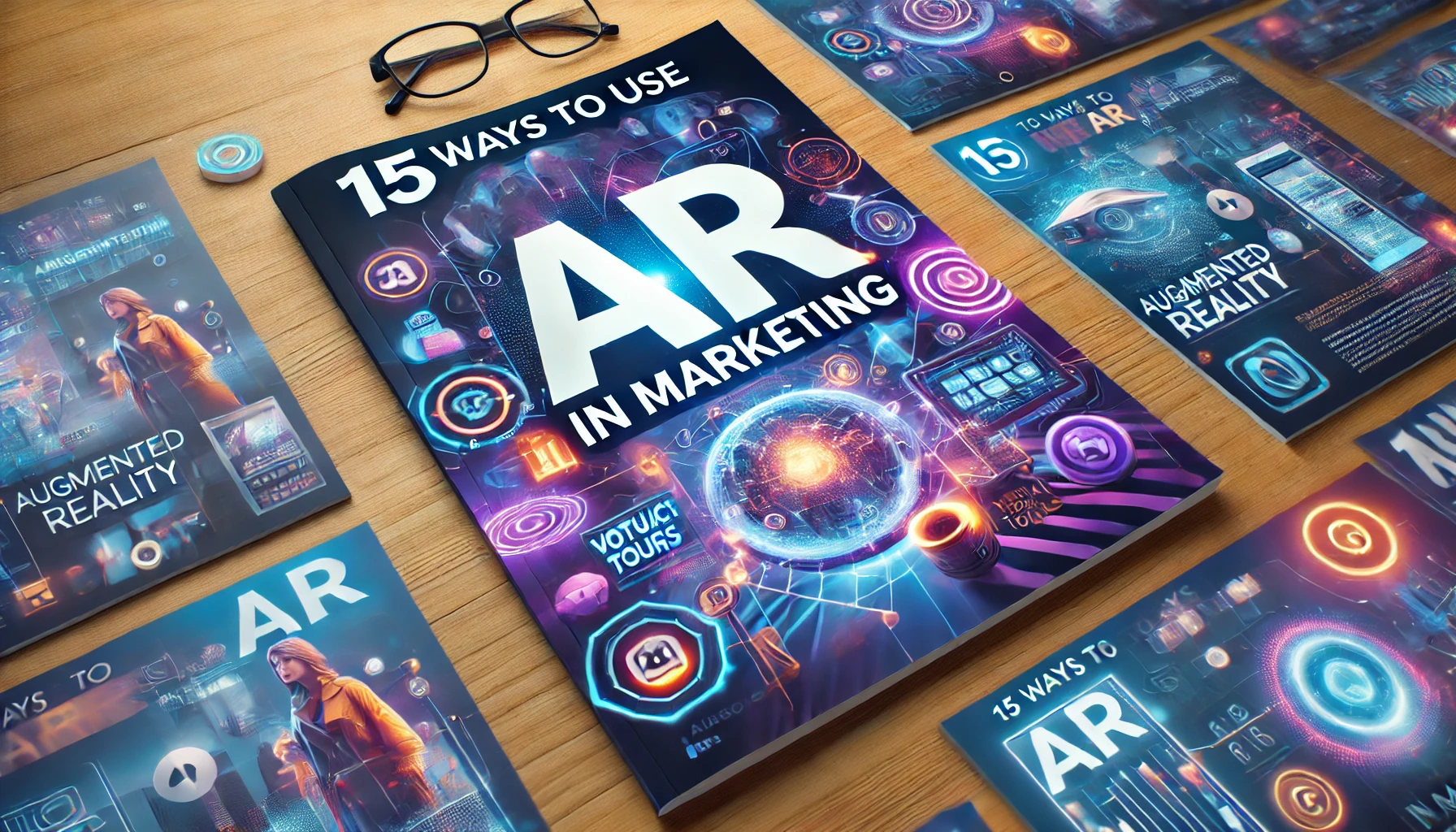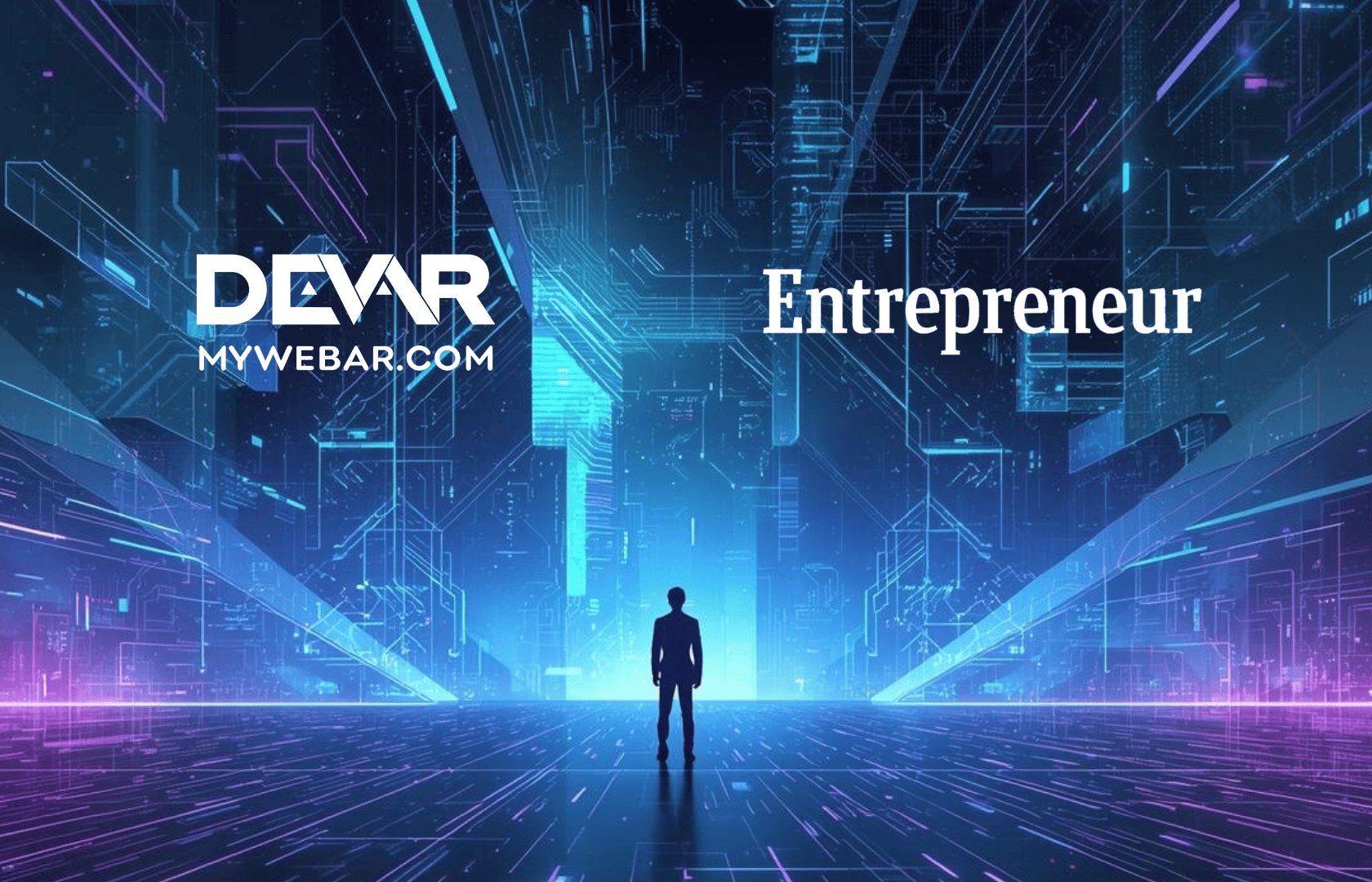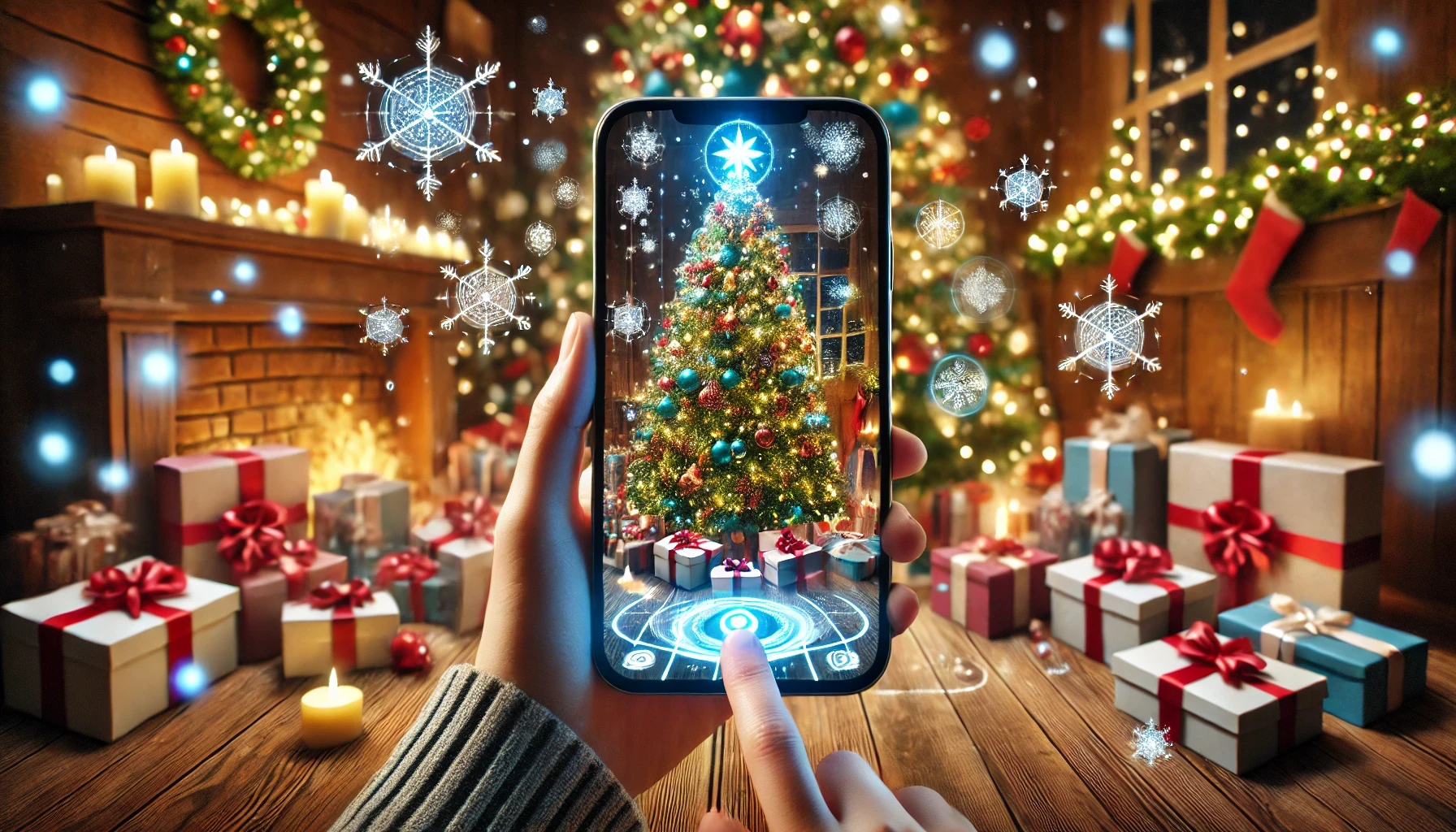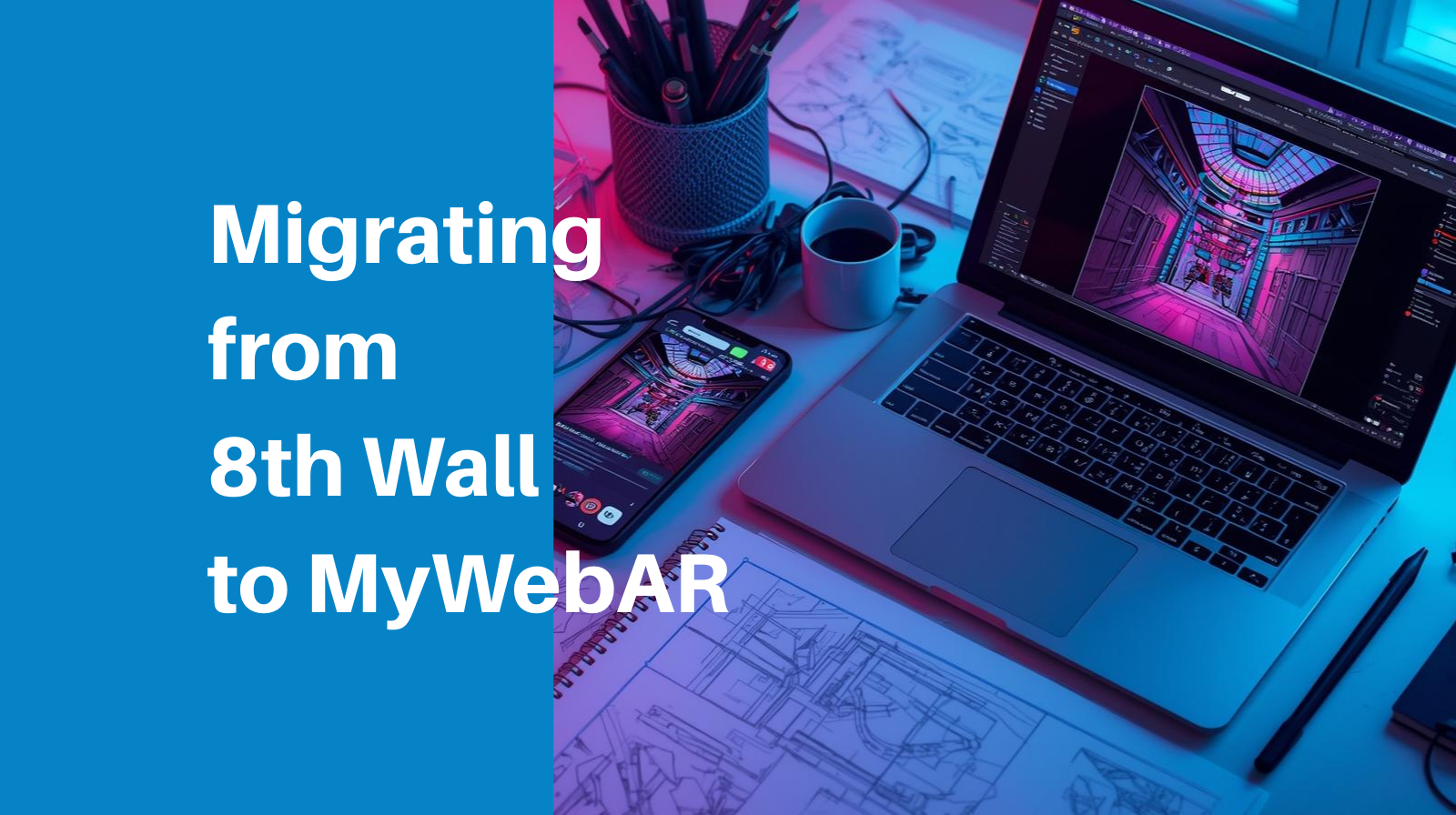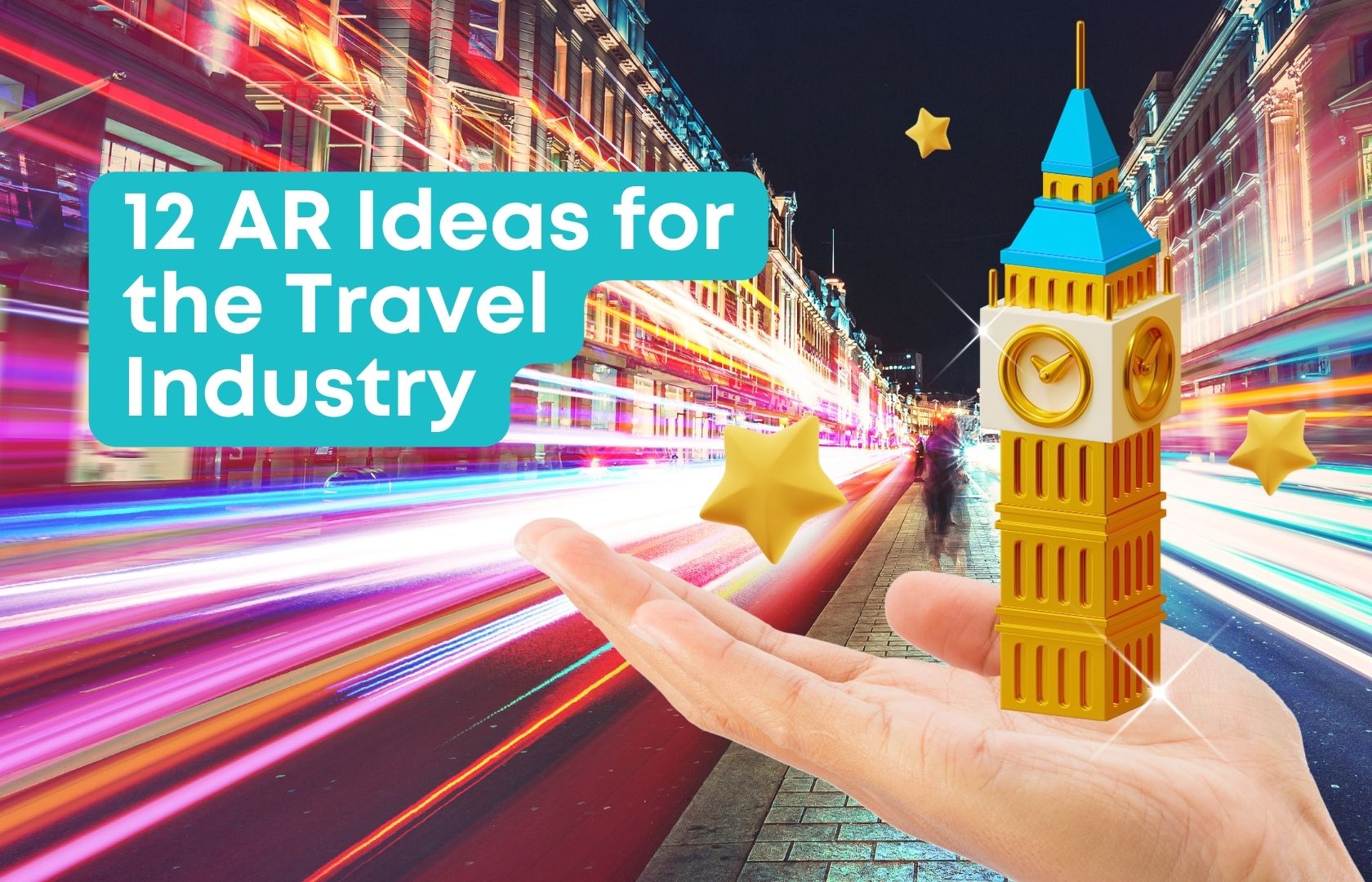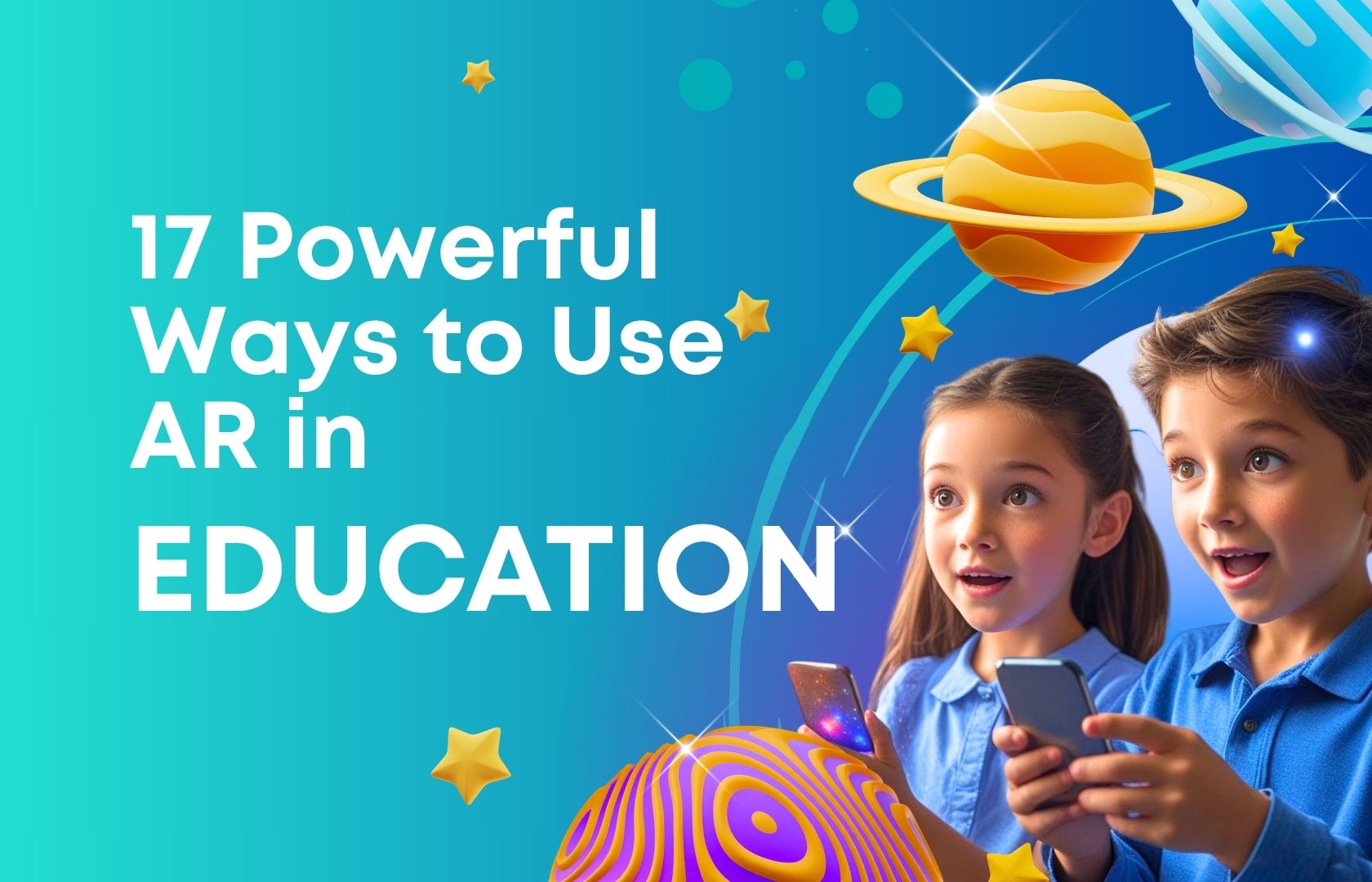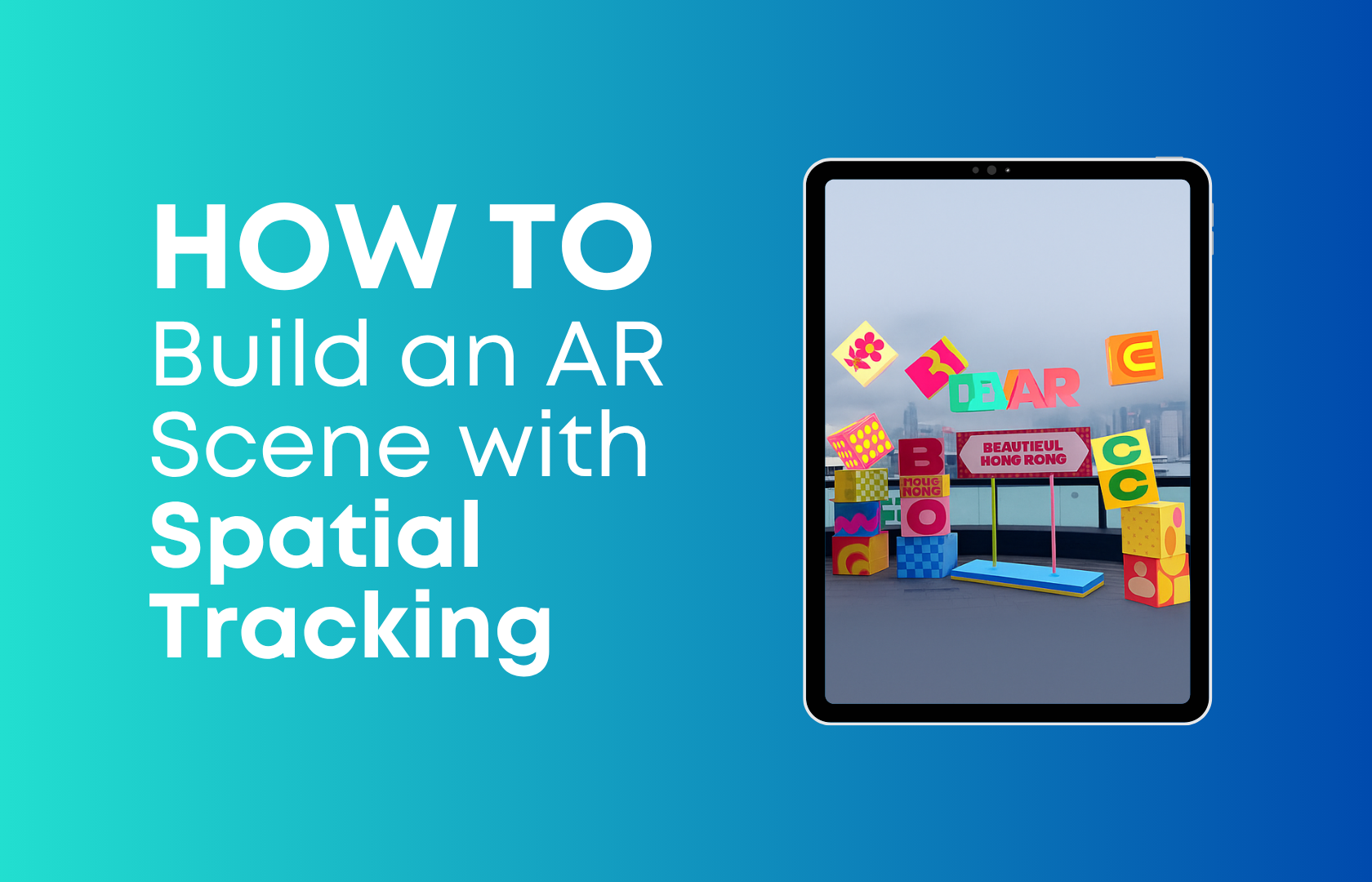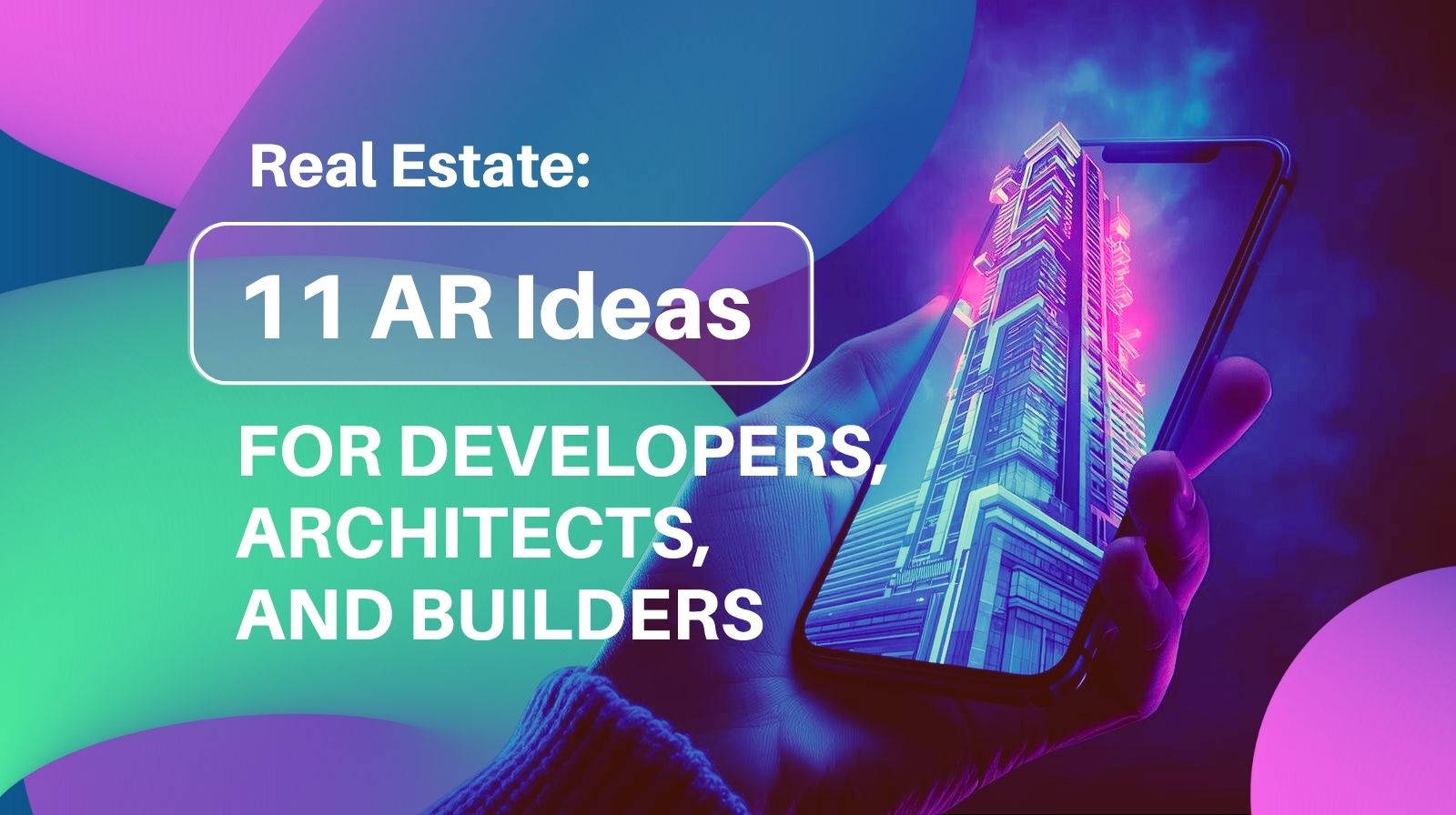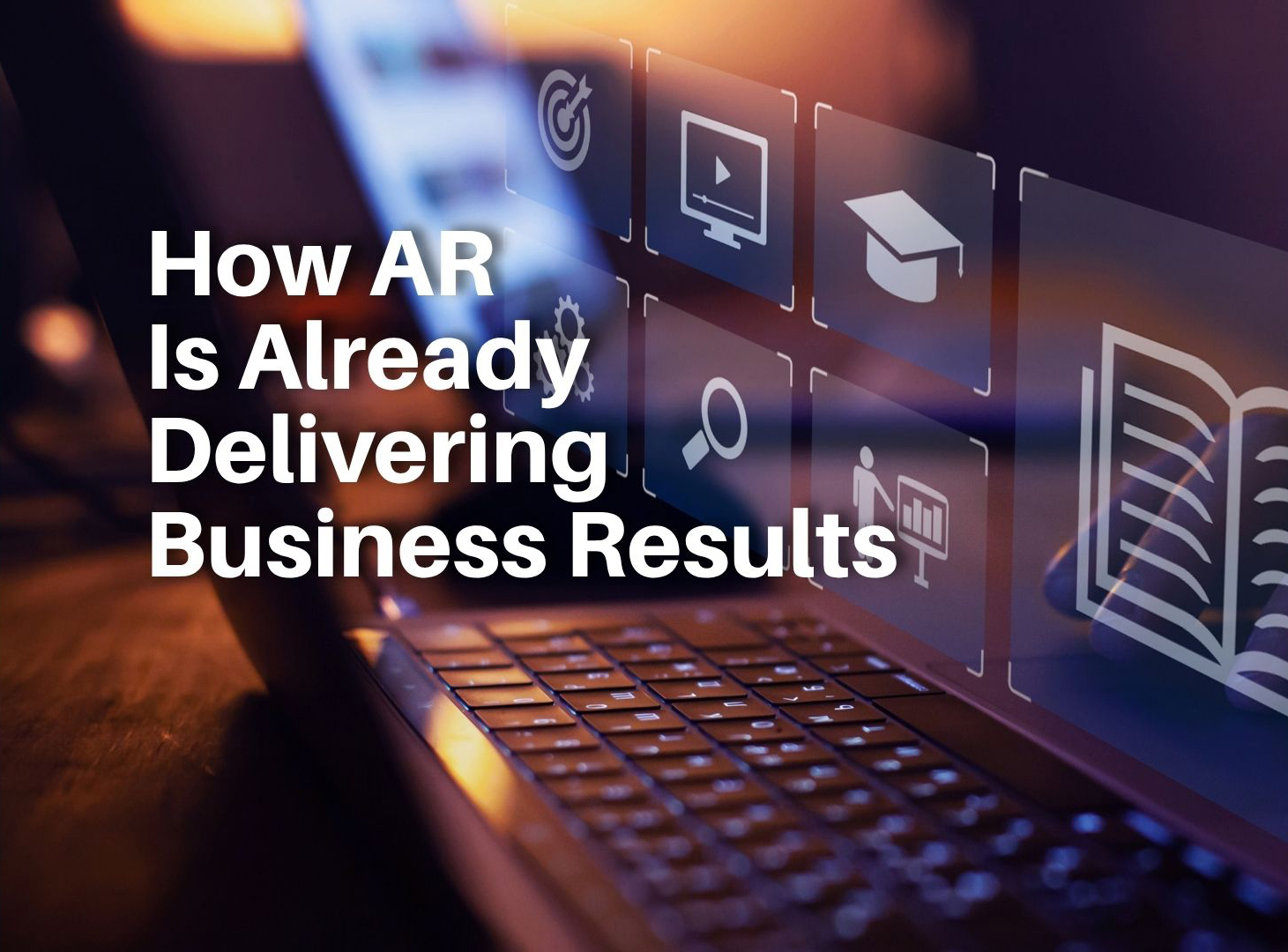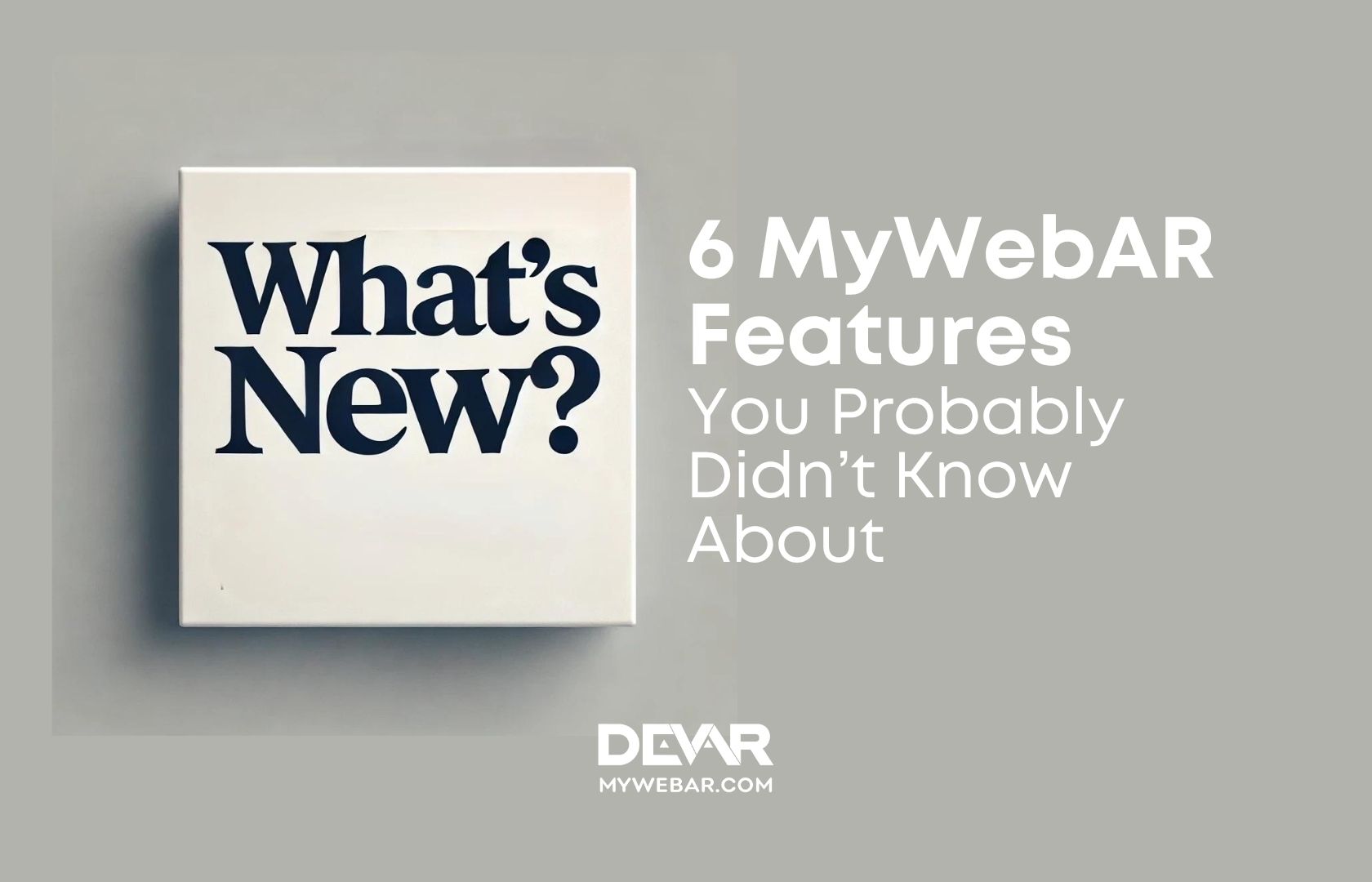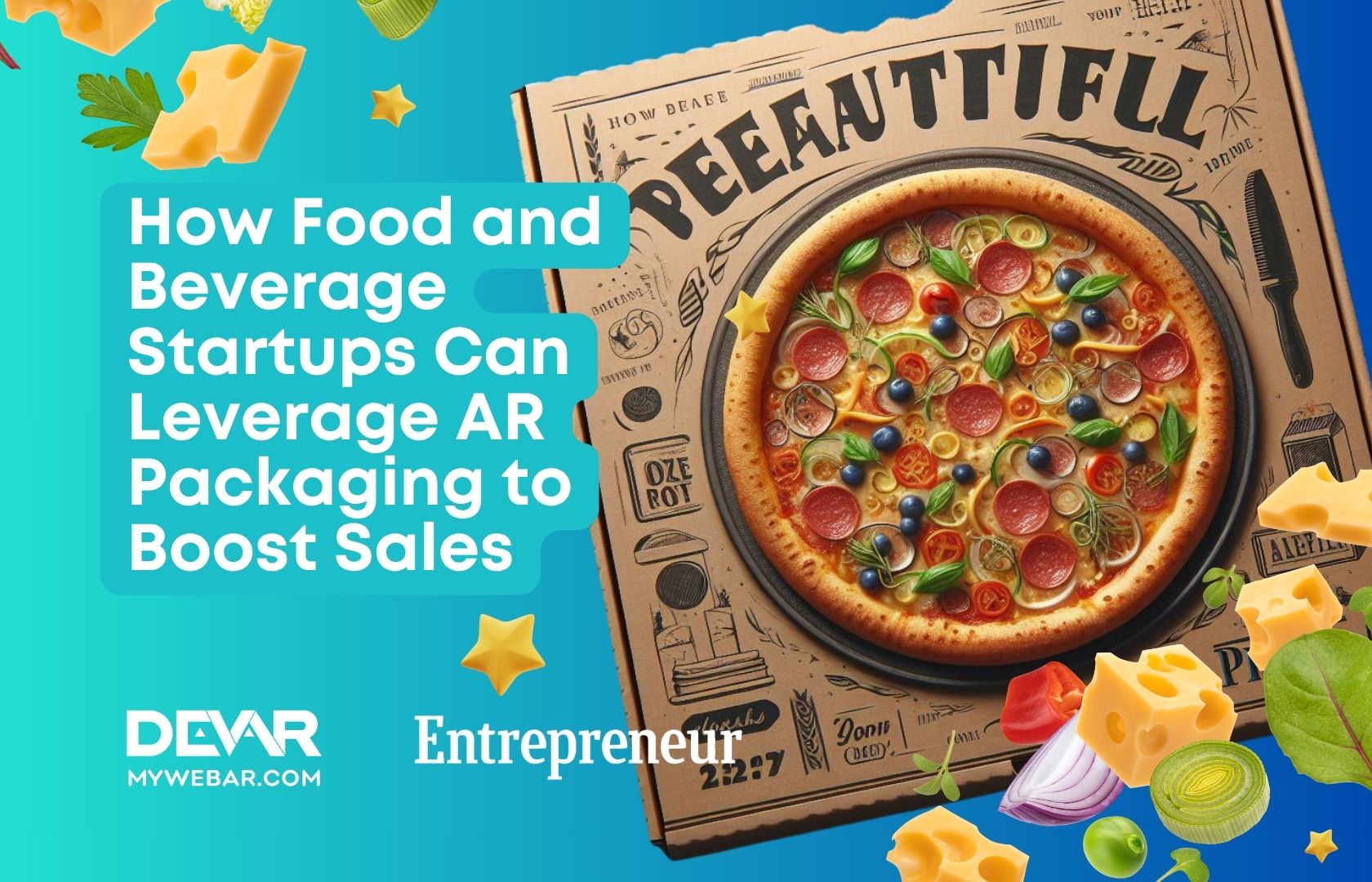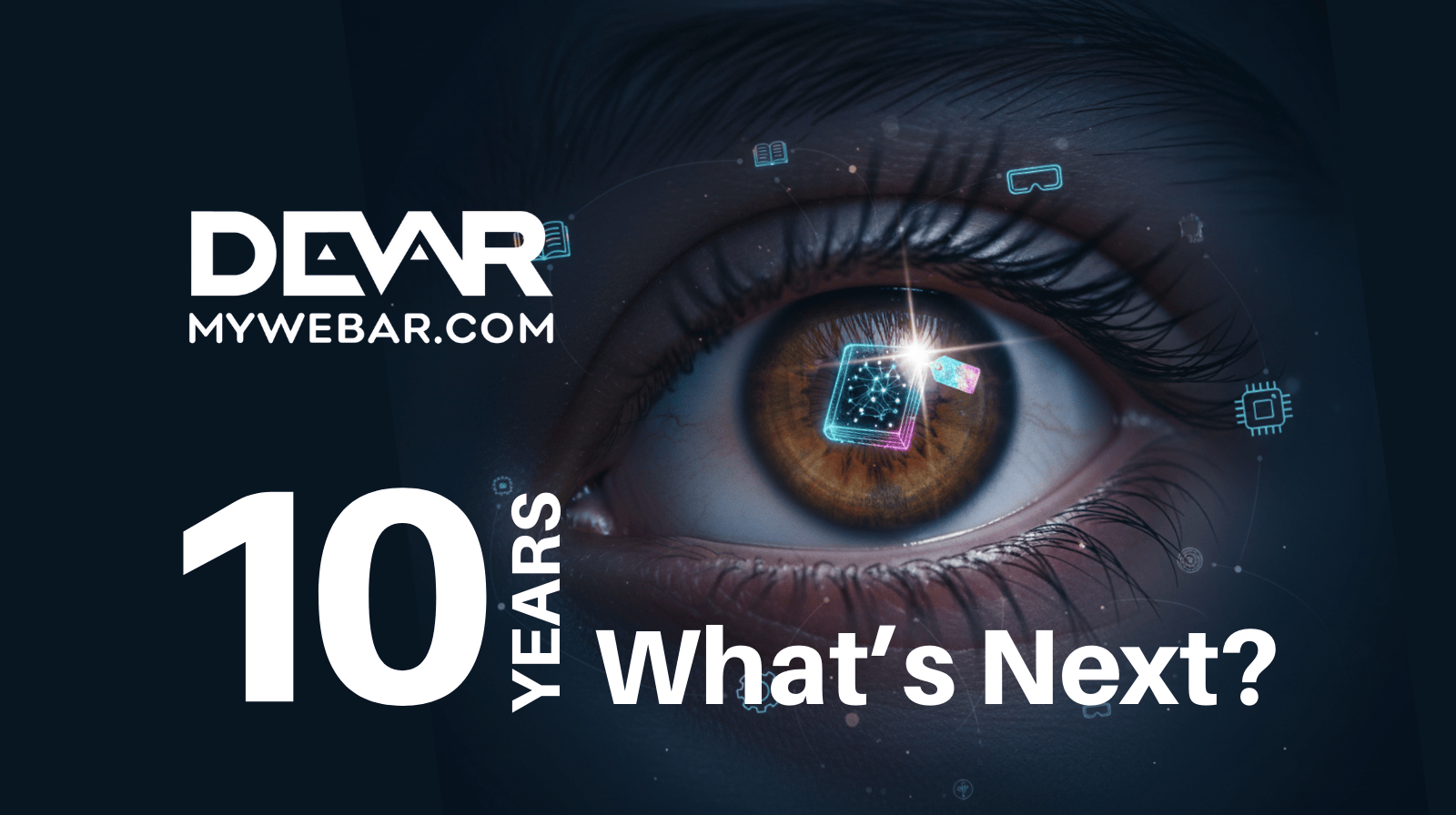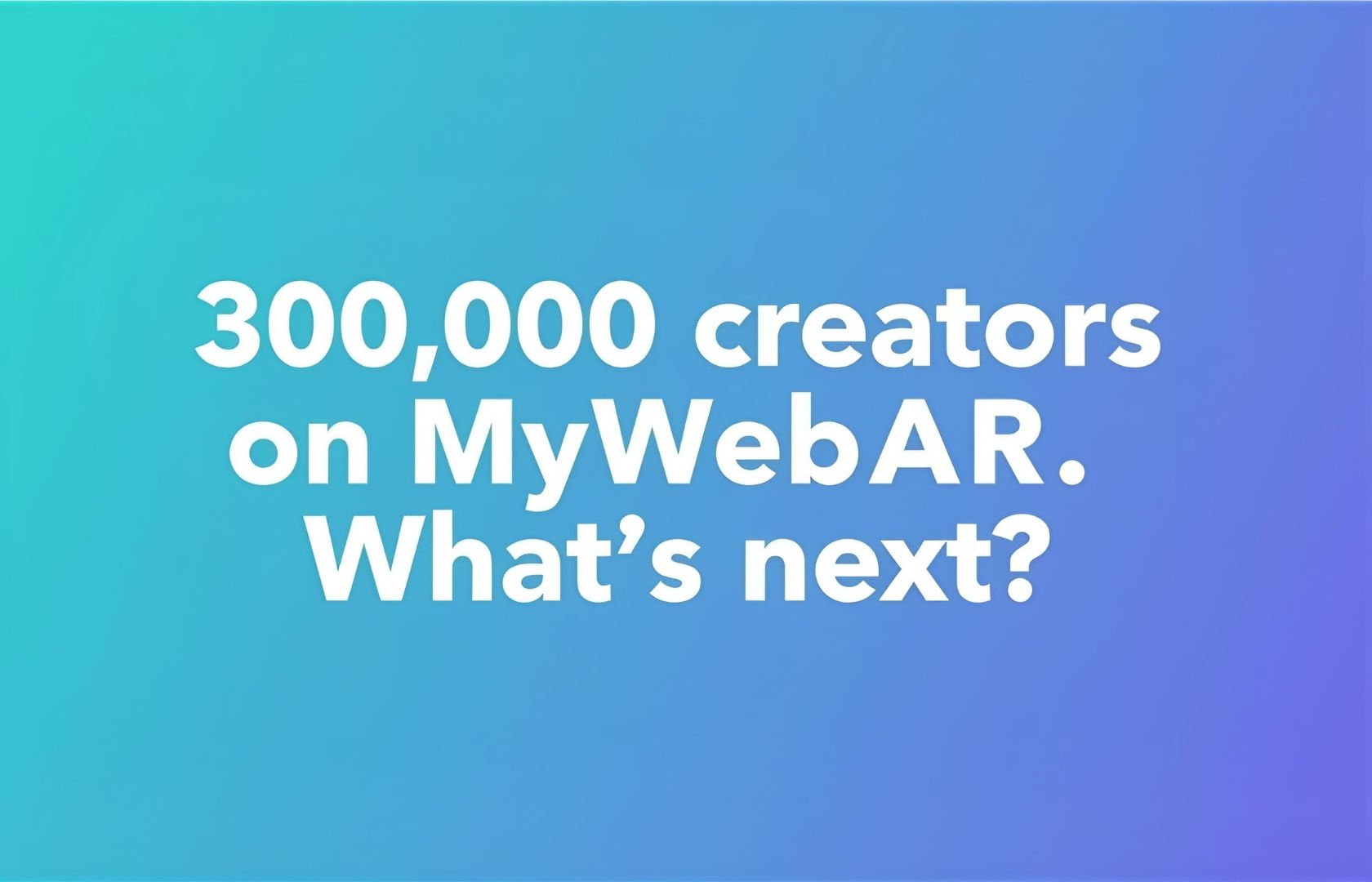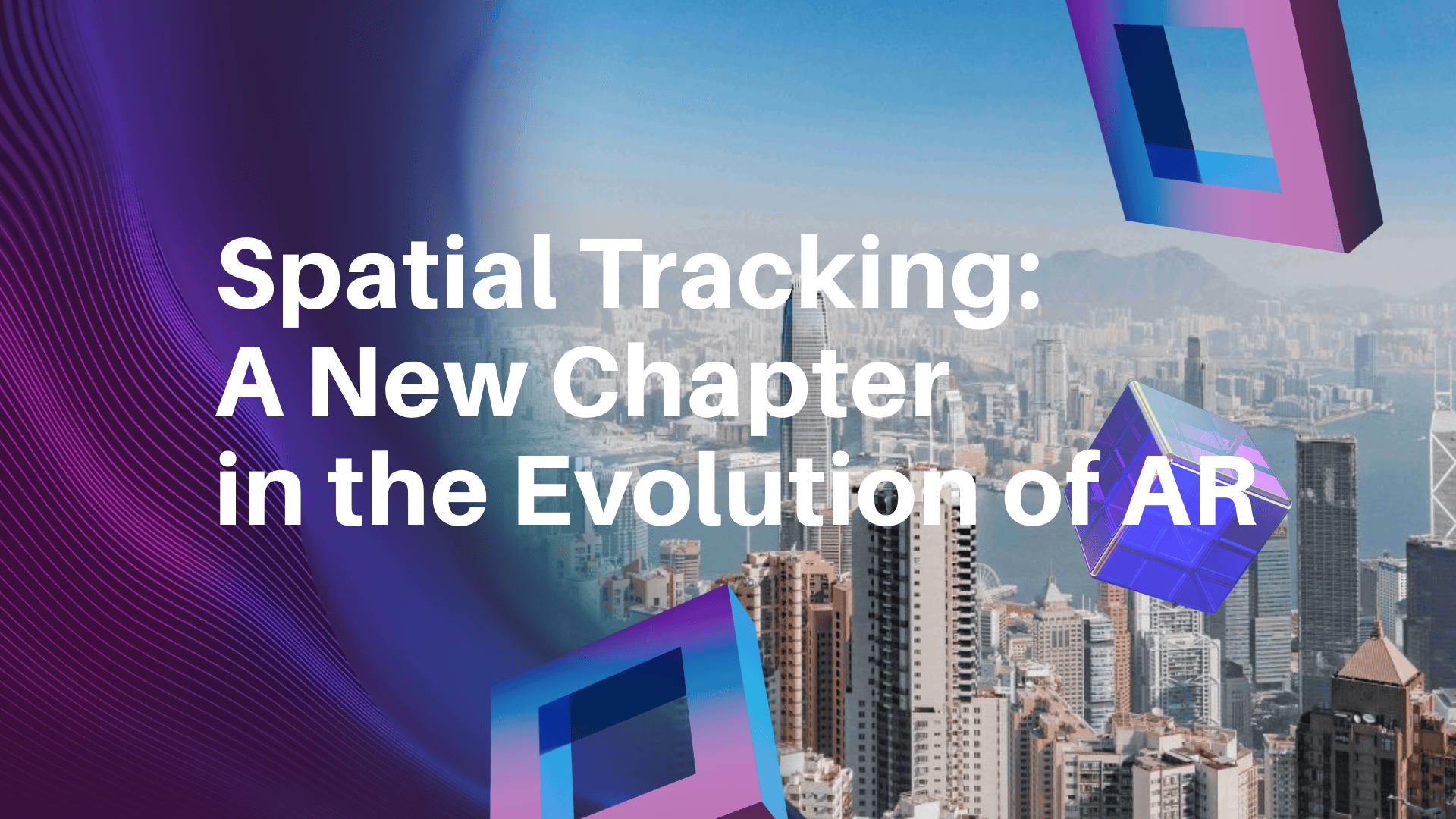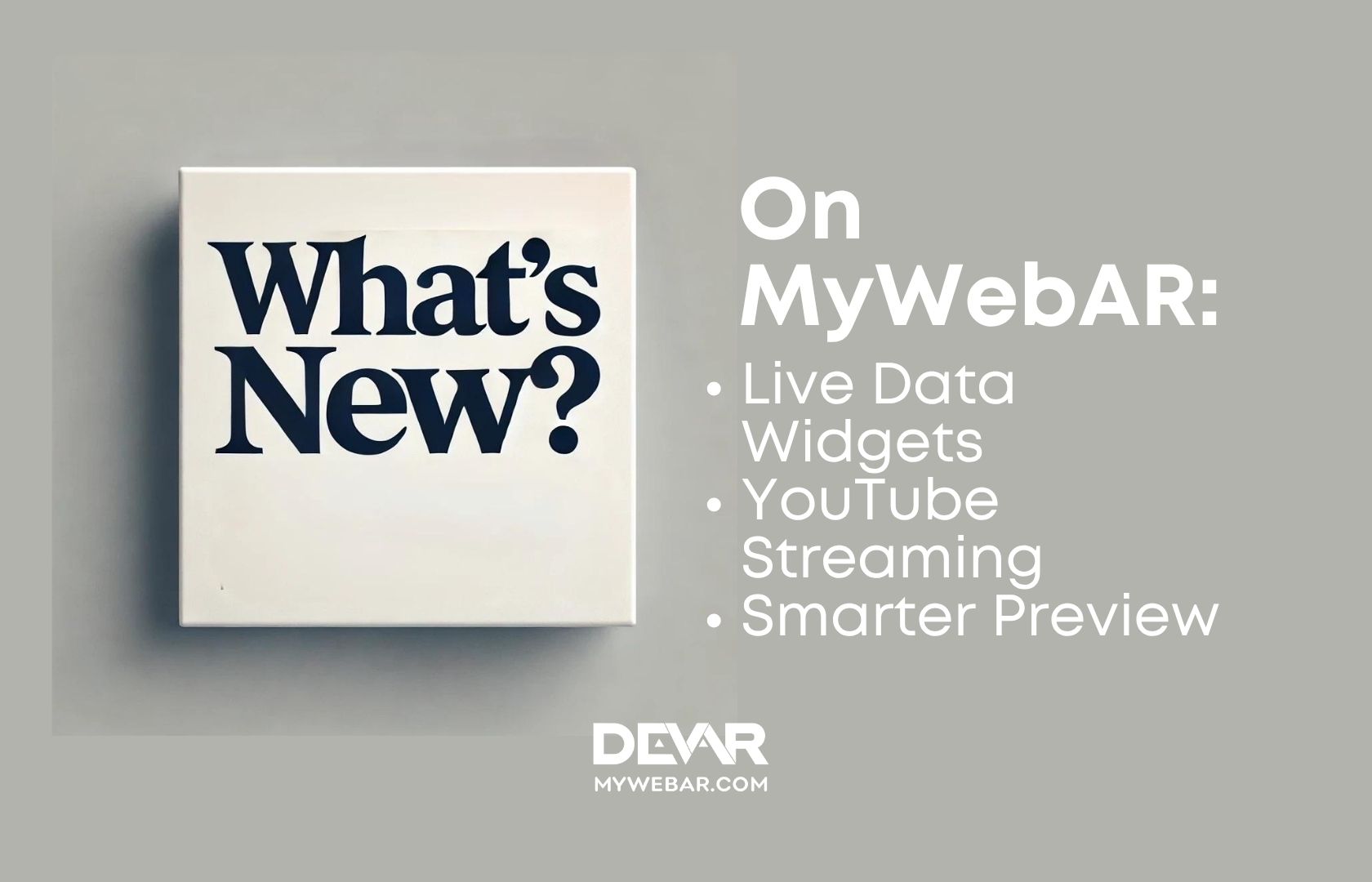Augmented reality technology opens new horizons for marketing, offering brands and businesses unique opportunities to engage with customers. AR technology not only creates a wow effect but also allows the creation of deep and memorable user experiences. In this article, we take a look at 15 innovative ideas for marketing using AR to help your business stand out in a competitive market, increase customer engagement, and improve their experience interacting with your brand.
From interactive menus in restaurants to personalized augmented reality books, these ideas cover a wide range of uses for the technology. Incorporating AR into your marketing strategy not only enhances the appeal of your products and services but also helps create a unique image for your brand. Are you ready to take the next step and dive into the exciting world of augmented reality? Then let’s get started!
1. AR packaging
Integrate AR into your product packaging. When customers scan the packaging with their smartphones (you do remember that we recommend web AR, so no extra app downloads, right?), they can uncover additional content such as videos, recipes, games, or detailed product information, which increases engagement and informativeness.
Example: Turn ordinary product packaging into an interactive portal to the AR world. Customers scanning the QR code on the packaging can see a virtual stadium with fans enjoying the flavor of the product or participate in an AR game to win a prize.
2. AR games for stores
Create AR games for your store or app. Simple brainteasers and quests can keep customers entertained, increasing their time in-store and brand loyalty.
Example: Make waiting in line exciting! In your mall or store, set up stands or screens with a QR code to activate interactive AR games. What you choose for shoppers depends on your marketing goals. We would suggest a quest where you need to find a hidden discount or product of the day. Or you can look through a portal into the hall with a new collection. The possibilities of AR are already amazing today. And imagine what will happen tomorrow when we start using AR glasses en masse?
3. Virtual tours
Do you represent a manufacturing company? Great! Offer your customers AR-enabled virtual tours of your production areas, factories, plants in different countries, farms, or fields.
Example: Our next example is for tour operators. Offer your customers a virtual tour of the hotel, the deck of a liner, or the exotic locations of the island where you offer a tour, so that future travelers can immerse themselves in the incredible atmosphere of their trip in advance. You’ll see, such a virtual trip is much more effective than all the catalogs.
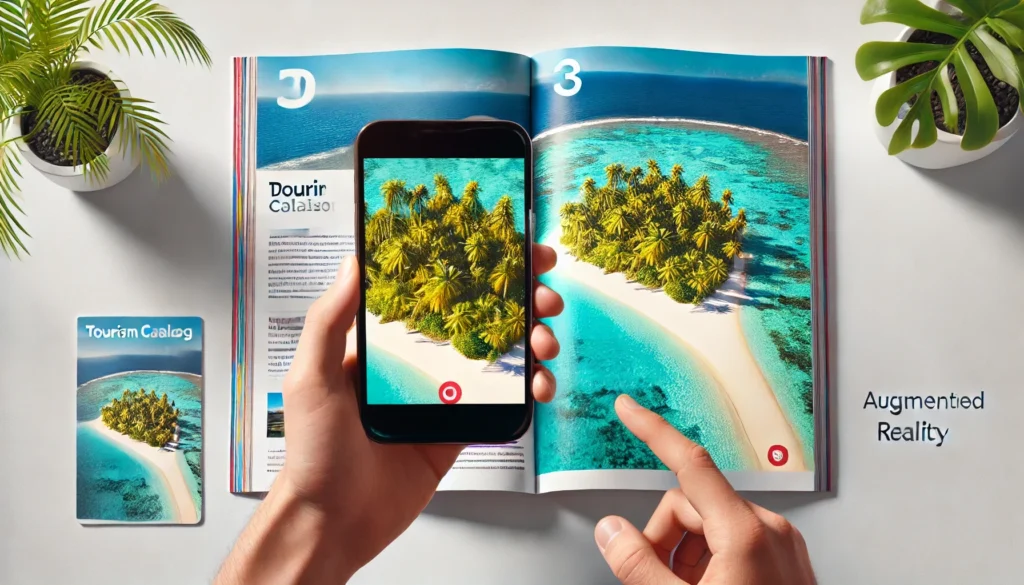
4. Holiday and event updates
Use AR to add holiday elements to your marketing content. For example, you can create special AR effects for different holidays to keep customers interested and update content without reprinting materials.
Example: Instead of printing new promotional materials for every holiday or event, use AR. Add dynamic AR elements to your promotional posters that will change depending on the event: snowflakes will appear on New Year’s Eve, pumpkins on Halloween, and birthday cakes on birthdays. Keep in mind that AR technology should work for your business goals, not just surprise potential customers. What if you add additional discounts or a button to register for some sort of giveaway to your holiday elements?
5. Social media integration
Create viral branded content for social media. This will allow customers to share their experiences, increasing your brand’s visibility and recognition on media platforms.
Example: Create unique AR filters and effects for Instagram, TikTok, Snapchat, or YouTube, or other social media platforms your brand uses. Encourage customers to share their AR experiences on social media using branded hashtags. The ability to use AR filters or masks with webAR technology is important here – this means you don’t have to create separate filters within each network and promote them to targeted audiences. Customers will simply scan a QR code or click a link on your website or app and then post the content independently on their favorite social network.
6. Interactive menus
We love these recommendations! Where else but in restaurants is it literally begging to use augmented reality technology? Customers can scan menus to see 3D models of dishes, enhancing their experience and helping them make a faster ordering decision.
Example: Instead of boring text descriptions of dishes on restaurant menus, add 3D models that come to life on a smartphone screen when you scan a QR code. Customers will be able to view appetizing burgers, pizzas, or desserts from all sides before placing an order. Here they will also be able to get acquainted with the ingredients of the dish in detail, and at the same time, they will be able to take a virtual tour of your kitchen. No one will be bored while you prepare your dishes for serving. By the way, thanks to the “Multiscene” option, you don’t need to add a QR code to each page of the menu and even more so to each dish. It’s enough for the guests to scan a QR code once and then quietly view the favorite dishes on any page of the menu.
7. Educational content
Help your customers get more engaging and useful information. Use AR to create educational content. In what industries is this possible? In any!
Example: Catch a few examples at once. Organize sales training with AR simulations. Employees will be able to “practice” communication skills with customers, “solve” conflict situations, or “conduct” presentations in a virtual environment. Working with language applications? Great! Use AR to “immerse” your students in a language environment. They can “chat” with native speakers, “explore” virtual landmarks in the target language countries, or “play” interactive language games. Imagine museums and exhibition spaces? Bring historical events to life with AR. Guests will be able to “participate” in battles, “meet” historical figures, and “explore” ancient civilizations as if they were there themselves.
8. Loyalty programs with augmented reality
Enhance loyalty programs with AR. Customers can scan their loyalty cards to unlock special offers, games, or personalized messages, making programs more interactive and engaging.
Example: A restaurant could offer customers to animate in AR their loyalty cards to receive virtual tokens that can be exchanged for free food or drinks. A clothing store could use AR to offer personalized looks put together with AI based on a customer’s previous purchases. It’s important to note that AR content can be changed and updated regularly on the same QR code, which means there is no need to reprint promotional products and even less need to change customer cards.
9. AR art installations
Use AR to create virtual art installations in your physical space. This not only adds to the décor of your space but also creates a unique immersive experience for visitors.
Example: The main character of your mural can serve as a guide to spread the word about discounts in your mall, highlight current promotions, hide discount codes to specific stores, and even incorporate AR gaming elements. You can adapt content to seasonal changes and meaningful holidays, regularly informing about upcoming events. You’ll get a real poster that you don’t have to print and update every time.
10. Personalized products
This point can dramatically change your business! Allow customers to choose your products in real time using AR. This can include changing the color or design of a product before purchase, which improves the shopping experience and customer satisfaction.
Example: Perhaps you can provide tons of examples for this point yourself. Virtual “fitting” of clothes, shoes, and cosmetics. Let’s not forget about cars for your garage, furniture for your interiors, wall color for your home, watches for your hands, and much more. AR is already in full use in the retail industry. Hurry up and join us!
11. Book publishing and printing
Make book covers, magazines, catalogs, and booklets interactive with augmented reality. Customers can scan the cover to see the plot of the book or get more information about your company or your key offer. When scanning the cover, a 3D model of a character, a snippet from the book, or even a mini-movie telling the story can appear on a smartphone screen – just like a movie, only it’s a booktrailer. Impressive? We’ve already talked about the possibilities for travel companies in point 3. We advise you not to limit your fantasies.
Example: For this example, we want to tell you about the experience of book publishing of encyclopedias with augmented reality by our company DEVAR. Didn’t we tell you that books with AR developed by our company are sold in 77 countries and are regularly in the top of Amazon and local markets? One of our favorite examples is an encyclopedia about the seven wonders of the world. Through AR, a “portal” technology, we allow readers to get both inside and walk inside the Egyptian pyramids. It’s like stepping back in time 4,000 years in the past. Or for an even more impressive example, how about a walk through the terraces of the Hanging Gardens of Semiramis? Can you imagine such a marvel? But readers of our AR books can.
12. Interactive elements and dynamic scenes
AR is becoming an integral part of the product, for example in the event, book, and toy industries. Lego and Kinder Surprise use AR in their products for children. Events and trade shows are increasingly using AR to navigate and create immersive experiences.
Example: Use AR to create dynamic scenes and interactive elements not only for printed products but also for 3D characters. These can be mascots of your company, and toys. All this is possible thanks to a new type of tracking in webAR technology – 3D tracking. Your customers will be able to “play” with the characters, “participate” in the events of the game or book, or “go” on a virtual journey.
13. Personalized experience
This point is especially suitable for book publishers, event agencies, and quest developers. Create a personalized experience of reading or participating in your activities with AR. Give readers the opportunity to become co-authors of the story. With AR, they can create their own characters, influence the plot, and even “direct” some scenes.
Example: Use AR to create unique stories for each reader. Depending on which pages of the book a person reads, additional AR scenes, games, or clues can be revealed to them. Adapt book content based on reader interactions and create a unique and personalized journey.
14. Analytical tools
Want to better understand your customers? Leverage the power of the marketing tools you’re used to. Also, use AR as a tool to gather data on how users interact with AR content. It will help you understand what they like and don’t like and improve the AR experience in the future.
Example: Integrating Google Analytics into AR projects allows you to collect data on user interactions, analyze user behavior, and customize your marketing strategies more effectively. Learn how your audience interacts with AR content and increase conversions with accurate and useful data.
15. Retargeting
Advertising that works! Use AR marketing tools to collect data about users who have interacted with your AR content. It will allow you to show them more relevant ads and attract new customers.
Example: To create smart retargeting campaigns with marketing tools, MyWebAR suggests integrating augmented reality scenes with social media pixels. By adding the pixel to AR scenes that your customers and simply interested potential customers interact with, you can then retarget them with personalized ads. This method increases user engagement and boosts conversion rates.
